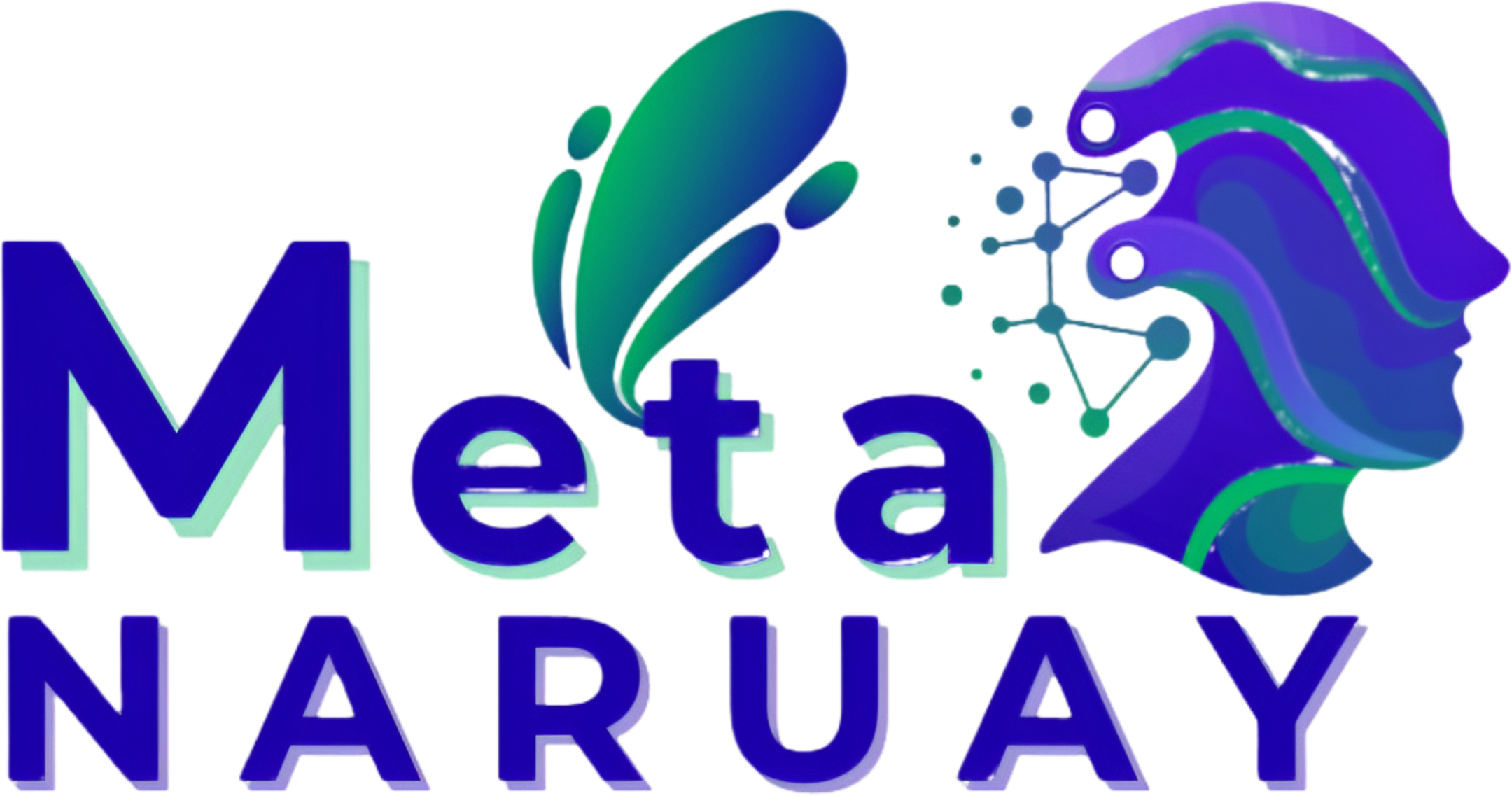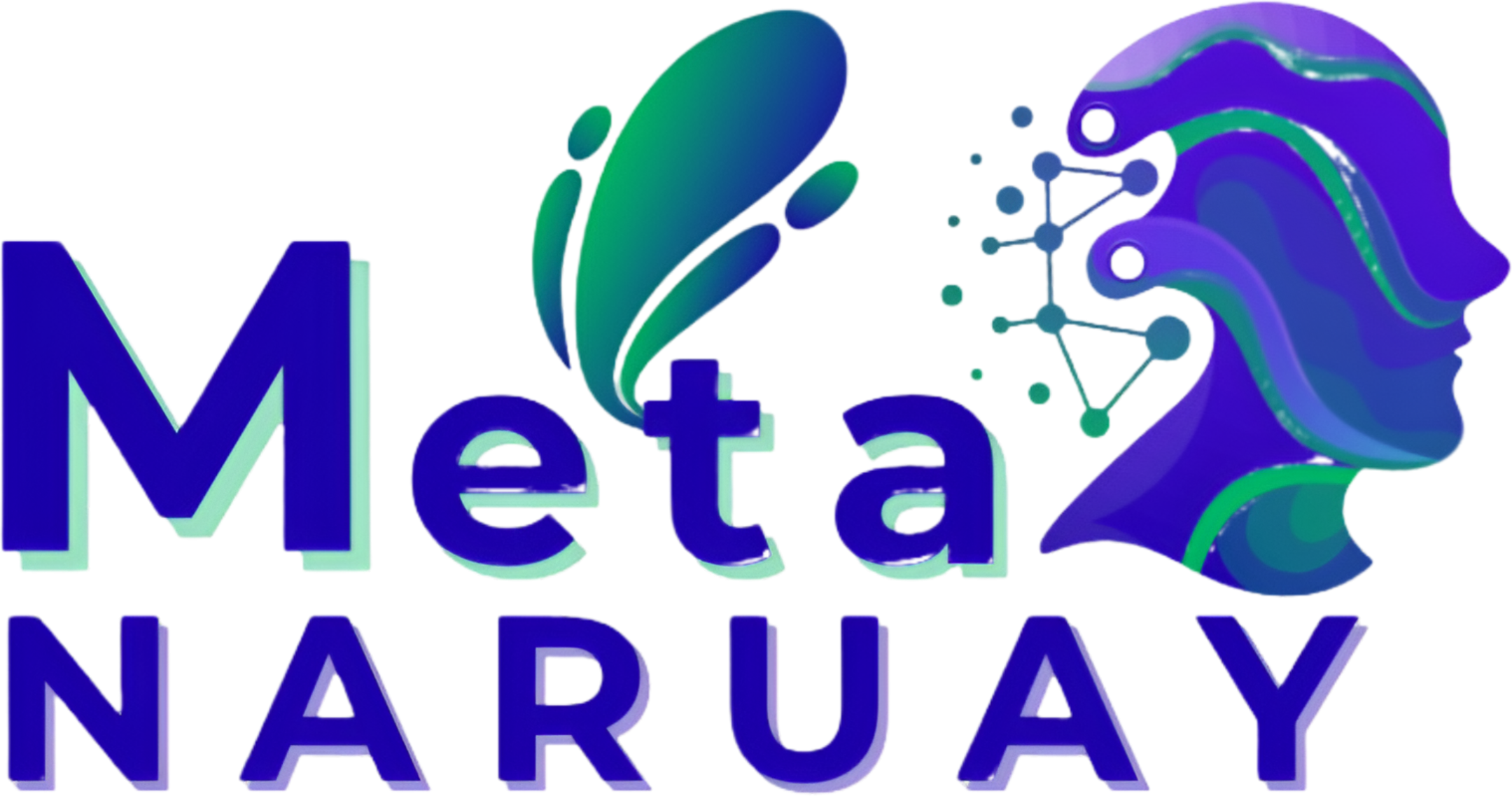Despite their promise, transdermal drug delivery systems face a critical challenge: skin permeability. The stratum corneum, the skin’s outermost layer, acts as a natural barrier, limiting the absorption of many drugs—especially large molecules or hydrophilic compounds. This hurdle restricts applications to small-molecule drugs (e.g., nicotine, hormones) and complicates delivery for emerging therapies like peptides or gene-based treatments. Overcoming permeability is key to unlocking the market’s full potential.
Permeability challenges vary by drug type. Biologics, essential for autoimmune diseases, are too large to pass through intact skin, requiring mechanical or chemical enhancers. Microneedles, as discussed earlier, physically breach the barrier, but their efficacy depends on needle size and drug formulation. For hydrophilic drugs (e.g., antibiotics), skin hydration and permeation enhancers (like urea or dimethyl sulfoxide) improve absorption, though they can cause irritation. A 2023 trial by Purdue Pharma found that hyaluronic acid-based enhancers boosted antibiotic patch absorption by 40% without increasing redness.
Manufacturing complexities compound the issue. Tailoring patches to specific drugs requires precise control over adhesive properties, drug release rates, and stability. For example, a patch delivering insulin must maintain consistent release despite sweat or skin oils, a challenge that has delayed insulin patch approvals by years. Firms like Samsung Biologics are investing in 3D-printed patch designs, allowing customization of drug layers and adhesives for diverse molecules.
While progress is slow, breakthroughs are emerging. nanoDrug’s lipid nanoparticle-enhanced patches have shown 60% absorption for mRNA-based drugs, a critical step toward transdermal vaccines. For businesses targeting large-molecule applications, the Transdermal Permeability Solutions Market Report by Market Research Future outlines emerging technologies, formulation strategies, and clinical trial successes, guiding innovation to overcome this longstanding barrier.



